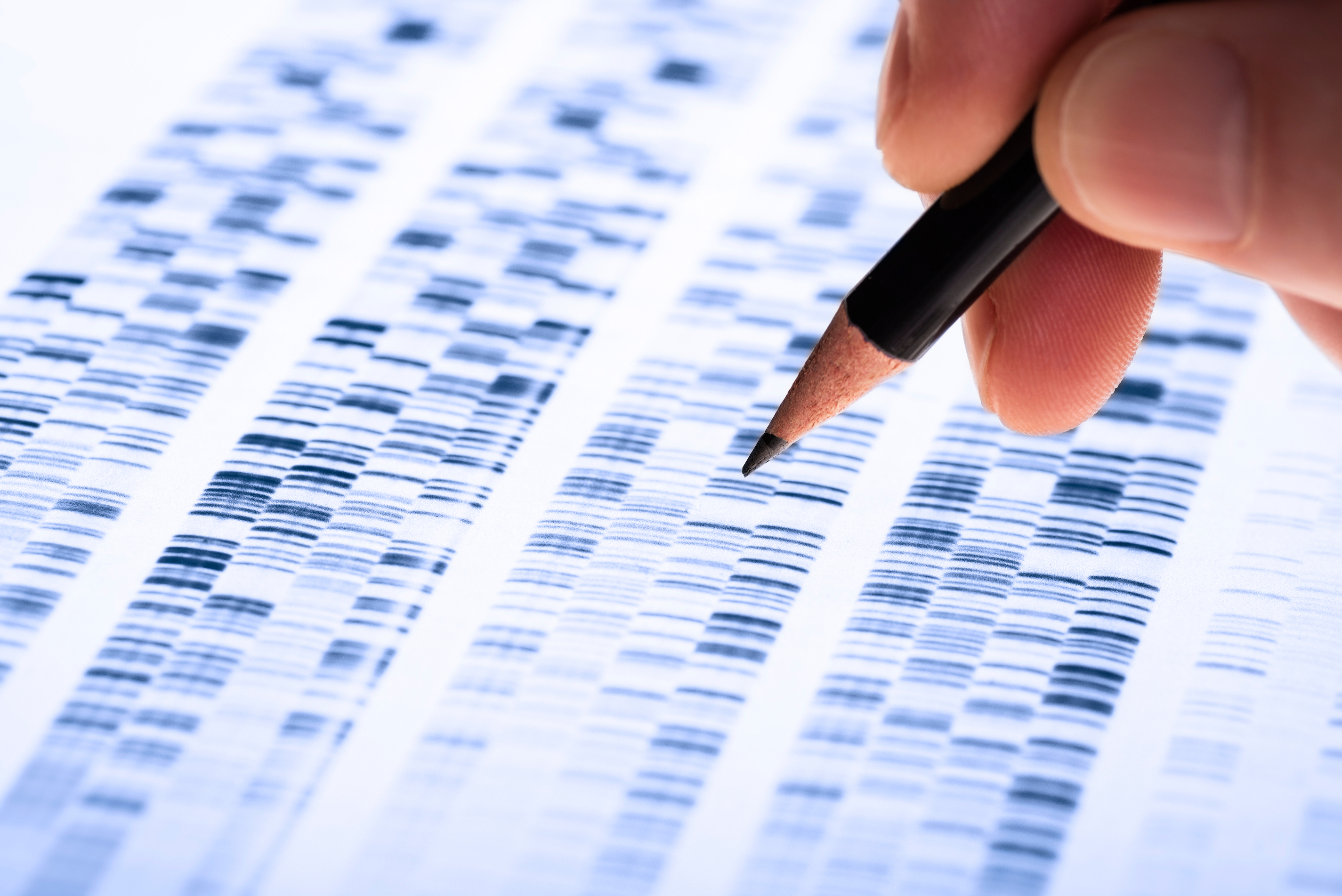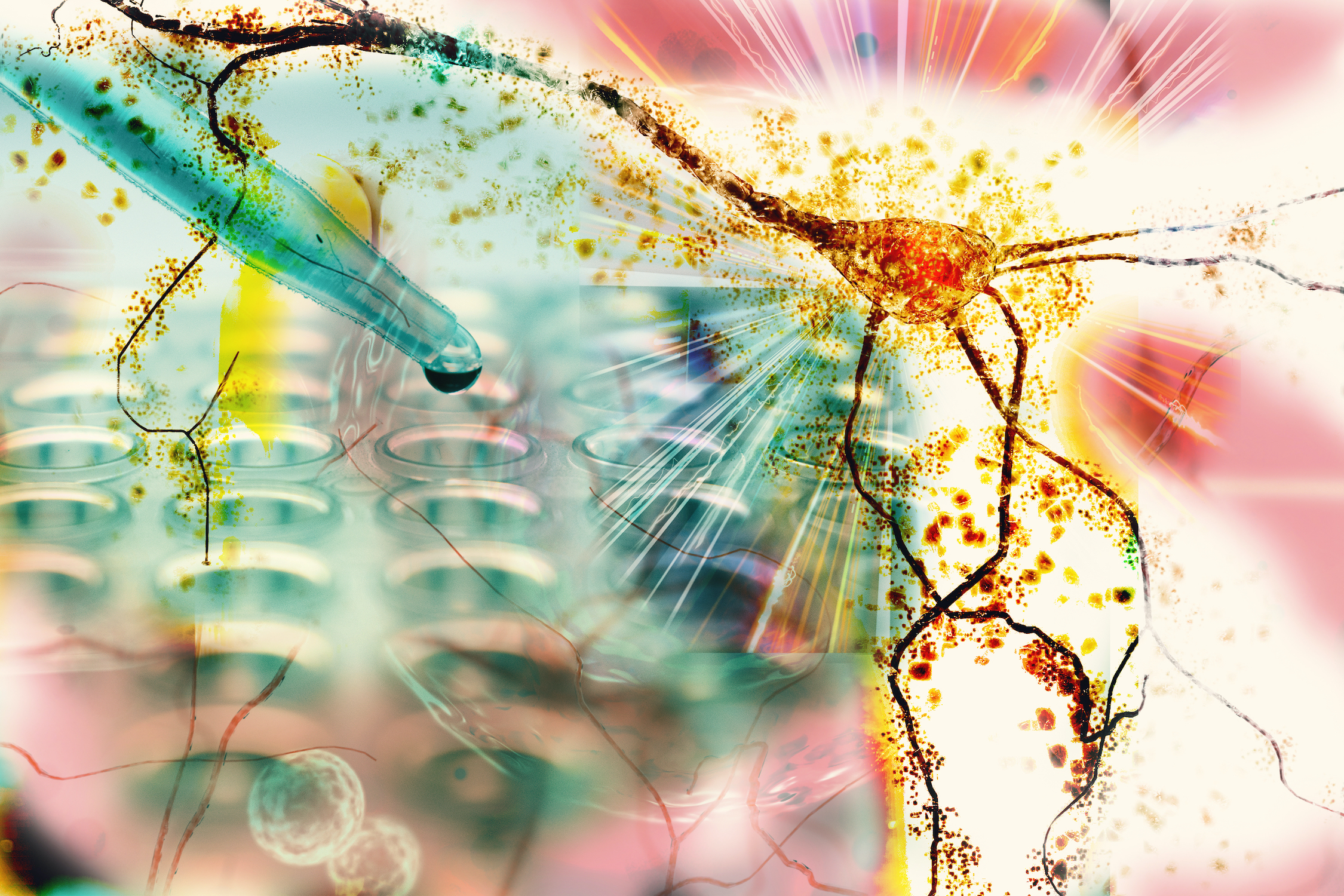Studying neurodegenerative diseases is useful because it tells us about the kinds of processes that might happen when a brain degenerates. What we still don’t understand is why the people who are born with these mutations only show symptoms of decline in their 70s and 80s, or some in their 50s or 60s. There are two possibilities. These mutations are in genes that are not needed during development and in most of life; they’re only needed later in life. Yet, all the evidence we have is against that because it turns out that these genes are actually active not just during normal life but also during brain development. However, when you mutate them, you only get those diseases later in life.
Do those mutations actually affect brain development ever so slightly so that you’re born with a brain that is more vulnerable to aging than somebody else’s brain? We don’t really have evidence that that is the case, but if it were to be the case, wouldn’t that suggest that the origins of these degenerative diseases might actually be found in the way the brain develops now for Alzheimer’s disease? In my lab and many others, we know with certainty that the genes that cause Alzheimer’s are absolutely important for brain development. If we remove them, we do have problems with the development of the brain.


